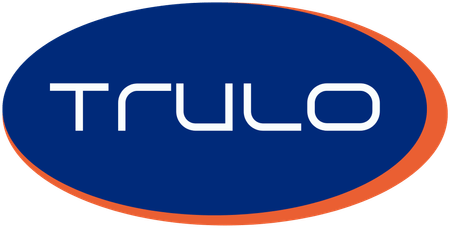When traditional bank loans aren't an option, many small business owners turn to alternative funding solutions. A merchant cash advance explained simply is a financing option that provides quick capital in exchange for a portion of future sales. Unlike conventional loans, this funding method offers flexibility for businesses that need immediate cash flow but may not qualify for traditional lending.
Understanding Daily Payments in Merchant Cash Advances
Understanding daily payments in merchant cash advances is crucial for managing your business cash flow effectively. Unlike traditional loans with monthly payments, MCAs collect a percentage of your daily credit card sales automatically. This payment structure means that during slower sales periods, you pay less, and during busy periods, you pay more.
The automatic collection system directly accesses your payment processing, removing the burden of remembering due dates. However, businesses should prepare for the impact on daily cash flow, as these payments occur every business day until the advance is fully repaid.
Factor Rates and Cost Structure
Factor rates and cost structure determine the total amount you'll repay for your merchant cash advance. Instead of traditional interest rates, MCAs use factor rates typically ranging from 1.1 to 1.5, meaning you'll repay the original amount multiplied by this factor. For example, a $50,000 advance with a 1.3 factor rate requires $65,000 in total repayment.
This pricing model differs significantly from traditional loans because the cost remains fixed regardless of how quickly you repay the advance. Understanding this structure helps businesses calculate the true cost of funding and compare it against other financing options available to them.
Eligibility Criteria for Business Funding
Meeting the eligibility criteria for business funding through merchant cash advances requires specific qualifications that differ from traditional bank requirements. Here are the main criteria lenders evaluate:
- Credit card sales volume: Most lenders require minimum monthly processing of $5,000 to $10,000 in credit card transactions to ensure adequate repayment capacity.
- Business operating history: Companies typically need at least 6 to 12 months of operational history, though some lenders accept newer businesses with strong sales performance.
- Credit score requirements: While less stringent than banks, most MCA providers prefer business credit scores above 500, with personal credit scores considered as secondary factors.
- Industry restrictions: Certain high-risk industries may face limitations or higher factor rates, while retail and restaurant businesses often receive more favorable terms.
Key Advantages and Disadvantages

Evaluating the key advantages and disadvantages helps business owners make informed decisions about merchant cash advances as an alternative funding to a loan. Consider these important factors:
- Fast approval and funding: Most MCAs provide capital within 24 to 72 hours, significantly faster than traditional bank loans that can take weeks or months to process.
- Flexible repayment terms: Daily payments adjust with your sales volume, providing breathing room during slower business periods while accelerating repayment during peak times.
- Higher overall costs: Factor rates often result in higher total costs compared to traditional loans, especially for businesses that could qualify for bank financing.
- Daily cash flow impact: Automatic daily collections can strain working capital and may create challenges for businesses with tight profit margins or seasonal fluctuations.
A merchant cash advance explained in detail reveals both opportunities and challenges for small business owners. While this funding option provides quick access to capital with flexible repayment terms, the higher costs and daily payment structure require careful consideration. Evaluate your business's cash flow patterns, compare total costs against other financing options, and ensure you can manage the daily payment requirements before proceeding with an MCA.

.png)






